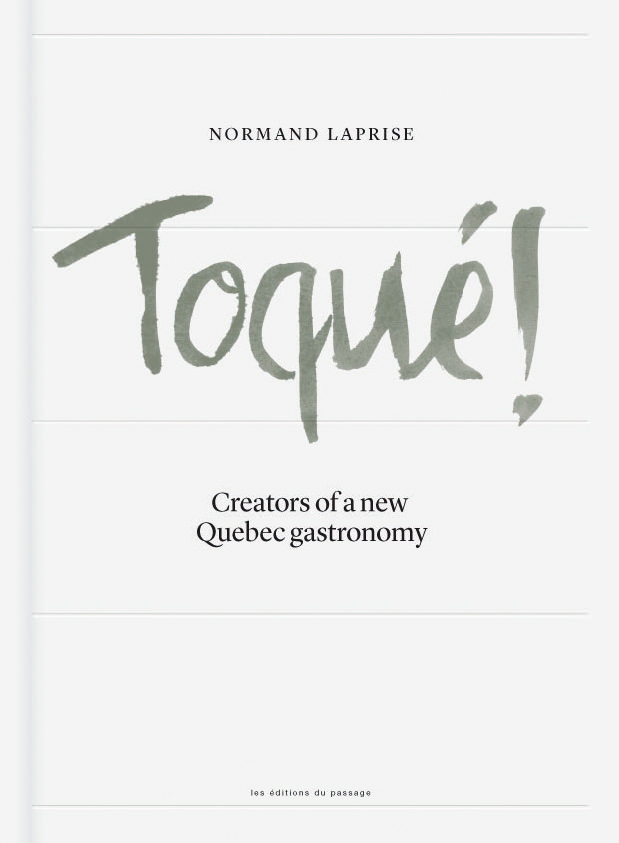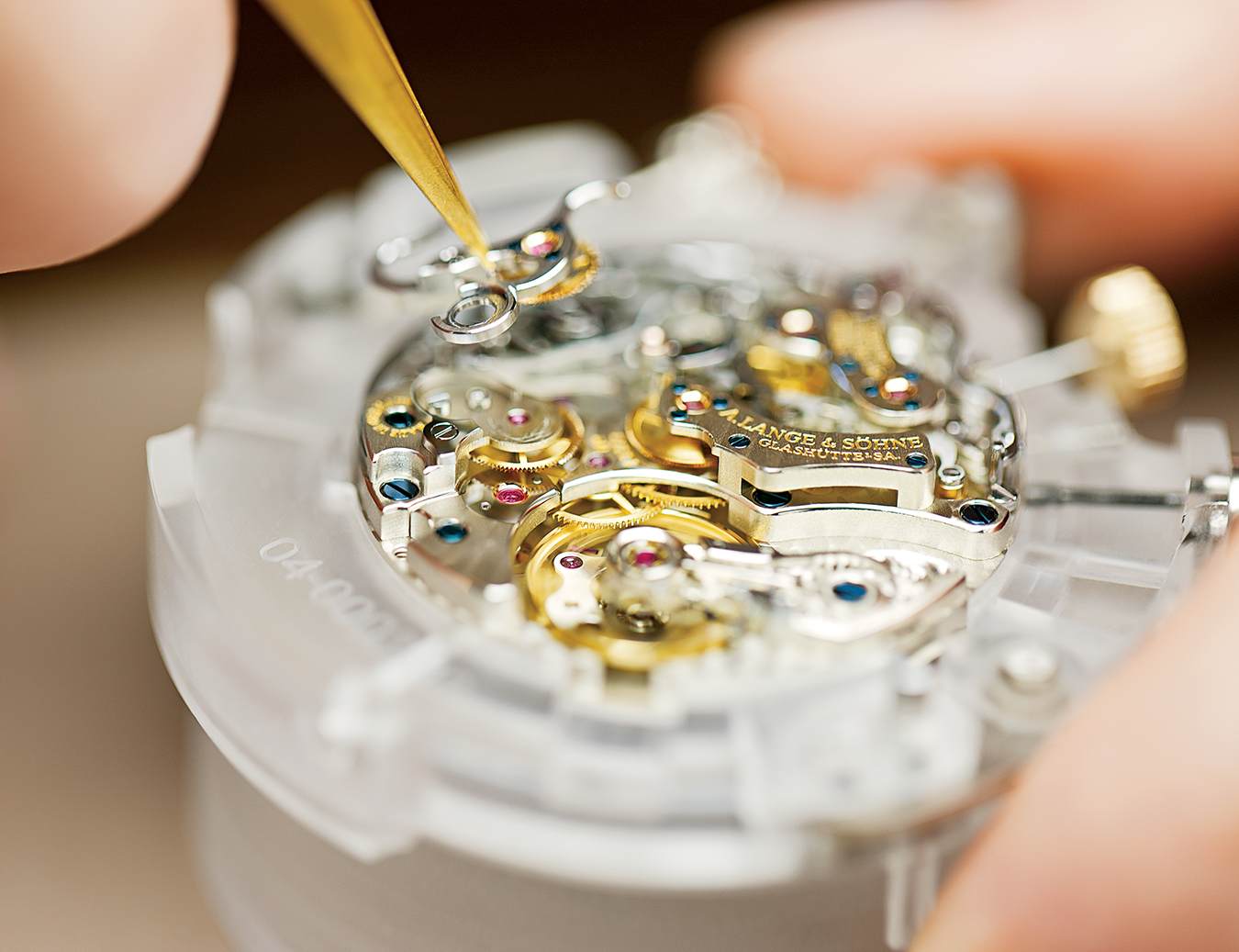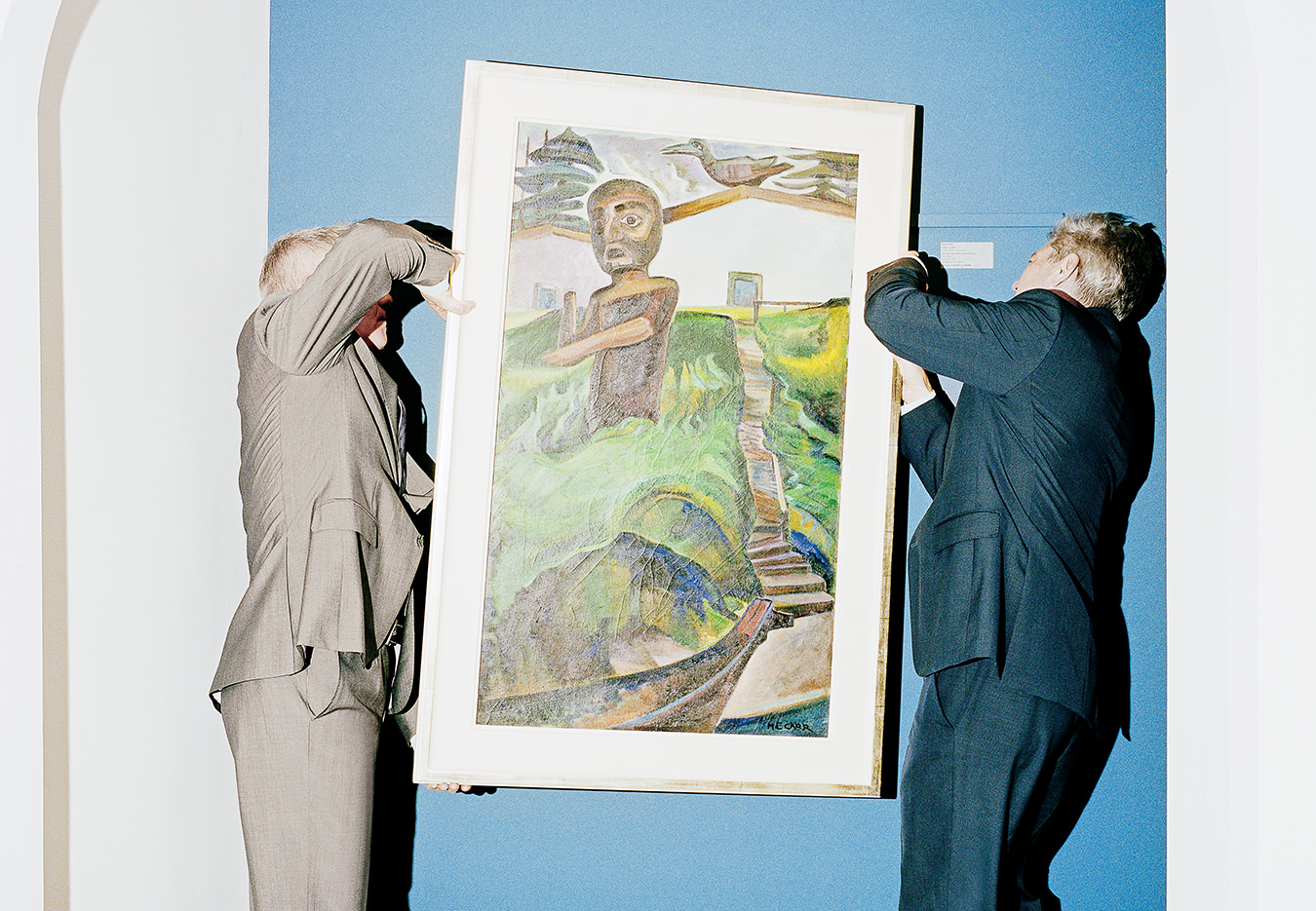Fine Dining Gone Fast Casual
Forget crisp white tablecloths and chatting with your water sommelier. It’s time to discover fast-casual eateries by the world’s greatest fine-dining chefs.

Photo by Mark Reynolds.
Imagine, if you will, a stage with the greatest chefs sitting in a row on white chairs. The likes of Massimo Bottura, René Redzepi, and Ferran Adrià, lined up like children in a classroom, ready for an intense three-hour session on what they, as superchefs, have done to make them indisputably the world’s greatest. Bottura, of Osteria Francescana in Italy, has topped many important lists; Denmark’s finest, René Redzepi, made foraging cool and put Nordic cuisine on the map with Noma; and Catalan Ferran Adrià is the godfather of molecular gastronomy, despite having closed elBulli almost a decade ago.
But what these chefs have in common extends beyond their hard-earned Michelin stars and awards handed over by self-professed foodies. In recent years, they have all opened casual eateries in what would appear to outsiders as an unusual move. And they are not alone. These Michelin-starred chefs have moved beyond fine dining to dishes like crispy chicken, salad bowls, and pots of molten cheese.
Fine dining, Daniel Humm will tell you, is a place where people come to be cared for and to be served. A place for social interaction, but more importantly, an enjoyable place where guests happily engage and interact with their server. “For us, we take what we do very seriously, but we don’t want to take ourselves too seriously—meaning we want fine dining to be fun, not just be about formality and special occasions.”
Those fortunate enough to have dined at Eleven Madison Park in New York will know Humm’s philosophy and style involve playful executions of seemingly effortless dishes, many of which reflect the minimalist works of art that hang on the walls of his dining room. Yet, the innovative chef might appear to have taken his simplistic approach to the extreme with a series of super casual eateries opened over the last couple of years.
“We want fine dining to be fun, not just be about formality and special occasions,” says Daniel Humm.
Humm’s desire to reach a larger audience led him to become part of the fastest-growing food trend of the last decade. Fast-casual or fine-casual refers to restaurants that have skillfully combined operational elements of a fast-food eatery and a fine-dining restaurant. The goal, ultimately, is to offer an elevated experience in a casual and easygoing environment without compromising on quality or taste. “I never lost the love of a casual meal with great, simple food, even if my culinary style went more fine dining,” says the Swiss-born chef.
Humm, along with business partner Will Guidara, confide that most of their success has come from reacting to what is going on around them, and translating it into “reflective” business models governed by the latest trends. And so, under their group Make It Nice, a collection of casual restaurants has popped up, starting with the NoMad in New York, Los Angeles, and Las Vegas, and an even more casual eatery aptly named Made Nice in New York.
“We’re constantly evolving, reinventing, and looking to make changes,” says Humm. “There are four main fundamentals applied to how we prepare our food. Everything must be delicious, beautiful, creative, and have intention. Now, that varies a bit from restaurant to restaurant, but by using those four fundamentals, we’ve set up guidelines for ourselves.” He confides, “I’ve always appreciated and enjoyed a casual experience; it’s what I grew up with. You can only reach so many guests when they are at Eleven Madison Park, but at Made Nice we can be a part of people’s lives for lunch or dinner almost every single day.”
Although fine dining has not completely lost its shimmer, the concept of bringing together high-quality ingredients and superchefs in a fast-paced environment is on the rise. In the last two years, a number of casual eateries have been opened around the world by renowned restaurateurs with notably downscaled menus. Mark Ladner led the Italian restaurant, Del Posto, in New York to its first Michelin star, but moved on to bringing fine-dining pasta to the masses for under $10 at the fast-casual spot, Pasta Flyer. Momofuku’s David Chang added a completely new concept to his Momofuku empire in Toronto last June with his restaurant, Kojin, showcasing culinary mash-ups reinvented by Columbian chef Paula Navarrete. Farther afield, Redzepi opened scaled-down versions of Noma in Denmark and Japan, the Adrià brothers have a tapas bar in their hometown of Barcelona, and last year Bottura opened an all-day café with fashion house Gucci in Florence.
Chef Normand Laprise of Brasserie T! in Montreal believes many aspects of his casual restaurant have been fostered by his fine-dining restaurant, Toqué! “We work with the same producers for Toqué! and Brasserie T!. This means that we are offering the same quality and traceability of ingredients to all of our customers,” says the Quebec native. “For Brasserie T!, we will use different cuts of meat. For example, we receive whole lambs and use the first cuts—more noble ones, like rack of lamb—at Toqué! and then use second and third cuts for Brasserie T!—lamb shank, shoulder, and neck—which we will braise or transform in merguez sausages.”
This summer, Chef Laprise will open yet another casual eatery, Beau Mont, which will also serve as a commissary research and development kitchen for the expanding portfolio of restaurants under the Toqué! group. A grocery counter will soon follow, indicating the shift in dining experiences to be more than just a trend. “People are eating out more and more, but do not necessarily want to spend a fortune on a meal. There is a trend of making food more accessible to customers. It is partly because of a public demand,” he says. “However, customers are also more sensible to the ingredients on their plates. Fast-casual experiences should not mean fewer quality ingredients. If fast-casual restaurants can give more volume to local producers and put high-quality ingredients on their menu, everyone—customer, restaurant and producer—is a winner.”
In the neighbourhood of San Telmo, known by locals as the cultural hub of Buenos Aires, Three-Michelin-starred chef Mauro Colagreco circles the kitchen with his sister, Carolina, discussing the producers lined up for next season’s menu. The words sostenible (sustainable), orgánico (organic), and sin hormonas (no hormones) are batted around the room by an army of chefs listening in on the conversation before they head back to their work stations. The chef is not opening a restaurant that will follow in the footsteps of his highly successful Mirazur, in the south of France, but is instead working to expand his burger empire, Carne, in his home country of Argentina.
“Fast-casual experiences should not mean fewer quality ingredients. If fast-casual restaurants can give more volume to local producers and put high-quality ingredients on their menu, everyone—customer, restaurant and producer—is a winner,” says Chef Normand Laprise.
Some may argue that chefs like Humm and Colagreco are merely leveraging their five seconds of fame when they open casual restaurants, but they are not resting on their laurels when it comes to their fast-casual concepts.
Says Colagreco, “The challenge we have at Carne is to achieve the large scale involved in a burger joint, but respecting our principles. So far, after three years of its opening, we have shown that the standards of haute cuisine and the pillars of sustainable gastronomy can be respected in a casual restaurant. Many people believed that these concepts are only applicable in luxury restaurants, but we have confirmed that on a large scale, it can be achieved while maintaining respect for sustainable gastronomy as well as using high-quality products and refined processes.”
A pioneer, Colagreco is one of the rare fine-dining chefs redefining the fast-casual concept as a means to producing sustainable agriculture for improved economies. “Respect for the producer and the product is essential in my kitchen, and that is reflected in what we propose at Carne. We believe in making a simple and affordable product without compromising on our principles of sustainability and quality. Opening Carne is a way of saying thank you to my country and gratitude for what my city has given me. I want to pay tribute to local producers and increase knowledge of nutrition, food security, sustainable production, as well as local agricultural development, which are all taken into consideration at Mirazur and now Carne.”
The menu at Carne should be applauded: a simple burger it is not, with the bread and cheese handmade from fair trade wheat and dairy products from Argentina; burgers created solely from grass-fed animals to support sustainable production; organic vegetables and hormone-free eggs for improved nutritional value; and ketchup made with over 25 tomato va-rieties. This is done not to separate Carne from other burger joints, but to encourage biodiversity—yet another pillar of accountable gastronomy, according to the award-winning chef.
Says Colagreco, “The majority of our suppliers are local producers, because we support local agricultural development and we are vigilant in reducing our carbon footprint. It is exciting that through a simple burger place like Carne, we can prove ethical gastronomy is massively within reach. We hope to motivate others and are working hard to make it happen.”
For fine-dining skeptics who have wished for a juicy burger or classic roast chicken instead of an elaborate dégustation—your wish has been granted. 
_________
Never miss a story. Sign up for NUVO’s weekly newsletter here.




